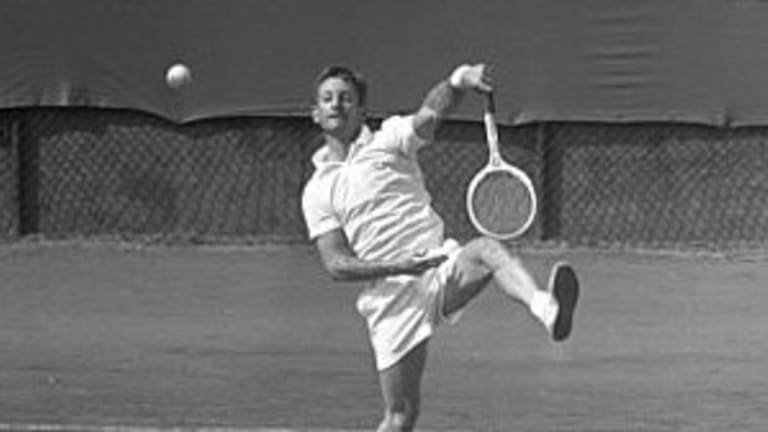This year marks the 50th anniversary of TENNIS Magazine's founding in 1965. To commemorate the occasion, we'll look back each Thursday at one of the 50 moments that have defined the last half-century in our sport.
In the same year that the United States sent a rocket to the moon, Australia launched its own Rocket—a freckled, 5’8”, 143-pound flash out of Rockhampton, Queensland—across the globe to win an unprecedented second calendar-year Grand Slam. Rodney George Laver’s four-for-four run at the majors was a celebrated achievement at the time; when he won the last leg, at Forest Hills in New York, he was declared by many to be the greatest player of all time. But the myth of his perfect season has only grown in the 46 years since, as the world’s best male players, from Jimmy Connors and Bjorn Borg to Roger Federer and Rafael Nadal, have strived to match the little Aussie master, only to a fall a shot or two short of his legendary standard.
Of course, Laver wasn’t quite perfect in 1969, but he was certainly productive: He won 18 of 32 tournaments he entered and finished with a 106-16 singles record. Who says the tour is more physically demanding today, when 80 matches in a season is considered a debilitating grind? Laver and his opponents didn’t engage in the grueling rallies we see now, but the serve-and-volley style they played forced them to move at top speed throughout their points; and they did it in both singles and doubles. At big events, every round was three-out-of-five sets, and there were no tiebreakers to bring those sets to a predictable close.
